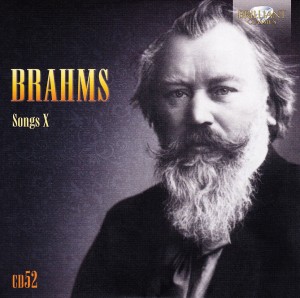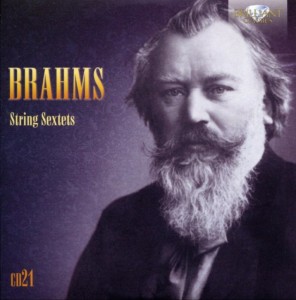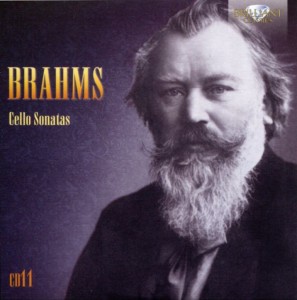 A year ago, if someone had told me I’d be listening to 10 CDs in a row of Classical music songs sung in German I’d have laughed in her face.
A year ago, if someone had told me I’d be listening to 10 CDs in a row of Classical music songs sung in German I’d have laughed in her face.
But here I am, listening to 10 CDs in a row of Classical music songs sung in German.
But I’m not laughing.
Frankly, if I wanted to listen to this many CDs in a row that feature songs, I’d have picked The Eagles (granted, they only released seven studio albums; but I’m including their live albums and compilations) or The Beatles or Yes or even Grand Funk Railroad. (Okay. Now I’m laughing. Thinking about Grand Funk Railroad juxtaposed against Brahms’ songs gave me a hearty huckle.)
At least, the brilliant folks at Brilliant Classics have seen fit to alternate the CDs between male and female vocalists, even between vocal ranges, from CD to CD. That helps.
Today’s CD features 29 songs performed by baritone Michael Nagy and pianist Helmut Deutsch.
Unfortunately, despite the best efforts of both, 29 songs – over an hour! – of roughly the same tone and tempo can be tiring. It almost seems like I’ve been listening to the same track on repeat.
Again, that is not a reflection on Brilliant Classics, Mr. Nagy, or Mr. Deutsch. The recording is superb. The performances are remarkable. But I don’t speak German, and I’m not a fan of Classical vocal music.
Your mileage may vary.




